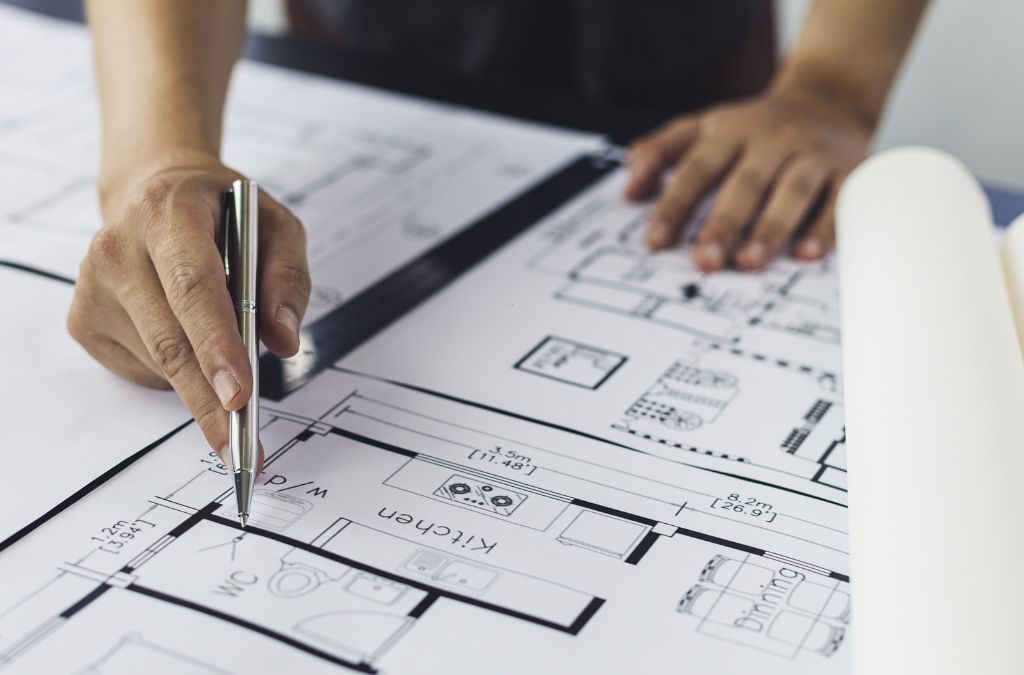-
Table of Contents
- The Architect’s Vision: Shaping Communities for Tomorrow
- Community Engagement Through Design
- Case Study: High Line Park, New York City
- Sustainability in Architecture
- Example: Bosco Verticale, Milan
- Innovation in Architectural Design
- Case Study: The Shard, London
- Architectural Trends Shaping the Future
- Smart Technologies
- Integration of Nature
- Adaptable and Flexible Spaces
- Conclusion
The Architect Vision: Shaping Communities for Tomorrow
Architects play a pivotal role in shaping the communities of tomorrow. Their vision and creativity influence the way we live, work, and interact with our surroundings. This article explores how architects are designing spaces that foster community engagement, sustainability, and innovation.
Community Engagement Through Design
One of the primary goals of modern architecture is to create spaces that encourage community interaction. Public spaces, parks, and communal areas are designed to bring people together, fostering a sense of belonging and community spirit.
Case Study: High Line Park, New York City
High Line Park in New York City is a prime example of how architecture can transform urban spaces. Originally an elevated railway track, it has been repurposed into a public park that attracts millions of visitors annually. The park features walking paths, gardens, and art installations, providing a communal space for residents and tourists alike.
- Attracts over 8 million visitors annually
- Boosts local economy by increasing foot traffic to nearby businesses
- Provides a green space in an urban environment
Sustainability in Architecture
Sustainability is a key consideration in modern architectural design. Architects are increasingly incorporating eco-friendly materials and energy-efficient technologies to reduce the environmental impact of buildings.
Example: Bosco Verticale, Milan
Bosco Verticale, or Vertical Forest, in Milan is a striking example of sustainable architecture. These residential towers are covered in trees and plants, which help to improve air quality and reduce energy consumption.
- Features over 900 trees and 20,000 plants
- Reduces energy consumption by providing natural insulation
- Improves air quality by absorbing CO2 and producing oxygen
Innovation in Architectural Design
Innovation is at the heart of architectural design. Architects are constantly pushing the boundaries of what is possible, using new materials and technologies to create unique and functional spaces.
Case Study: The Shard, London
The Shard in London is an iconic example of innovative architecture. Standing at 310 meters, it is the tallest building in the UK and features a unique glass façade that reflects the sky and surrounding cityscape.
- Uses advanced glass technology to reduce heat gain and improve energy efficiency
- Features a mixed-use design with offices, residences, and a hotel
- Attracts millions of visitors to its observation deck annually
Architectural Trends Shaping the Future
Several trends are shaping the future of architecture. These include the use of smart technologies, the integration of nature into urban environments, and the focus on creating adaptable and flexible spaces.
Smart Technologies
Smart technologies are revolutionizing the way buildings are designed and operated. From automated lighting and climate control systems to smart security features, these technologies enhance the functionality and efficiency of buildings.
Integration of Nature
Integrating nature into urban environments is becoming increasingly popular. Green roofs, vertical gardens, and urban farming are just a few examples of how architects are bringing nature into the city.
Adaptable and Flexible Spaces
Creating adaptable and flexible spaces is another key trend in modern architecture. These spaces can be easily reconfigured to meet changing needs, making them ideal for a variety of uses.
Conclusion
Architects have a profound impact on the way we live and interact with our surroundings. By focusing on community engagement, sustainability, and innovation, they are shaping the communities of tomorrow. Through thoughtful design and the use of new technologies, architects are creating spaces that are not only functional but also enhance the quality of life for residents and visitors alike.
